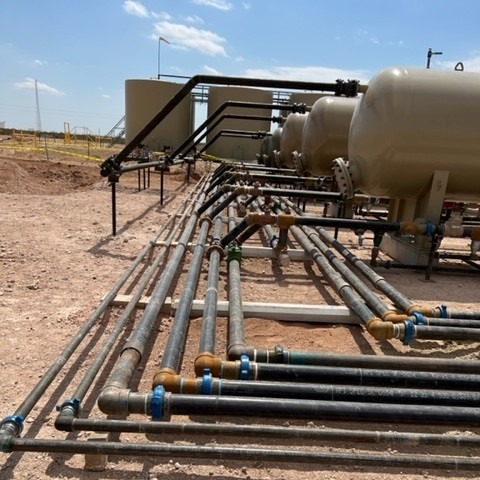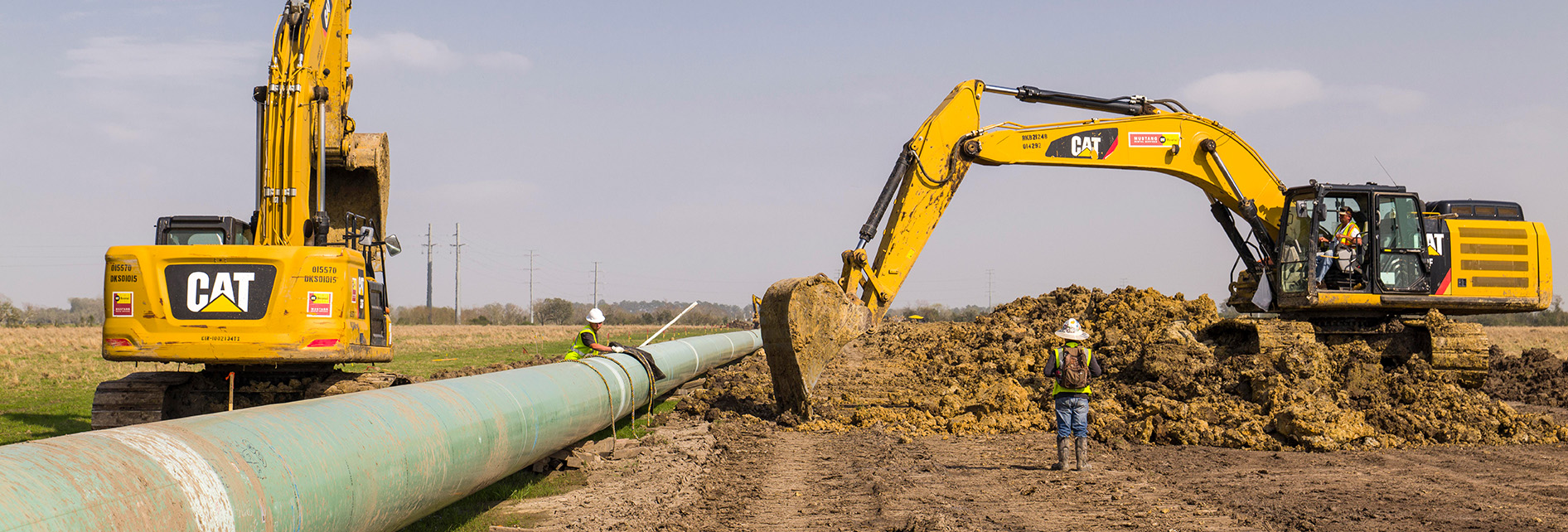The smart Trick of Permian Basin Pipeline Construction That Nobody is Discussing
Fascination About Permian Basin Pipeline Construction
Table of ContentsThe Definitive Guide for Permian Basin Pipeline ConstructionGetting The Permian Basin Pipeline Construction To WorkNot known Facts About Permian Basin Pipeline ConstructionWhat Does Permian Basin Pipeline Construction Do?The Main Principles Of Permian Basin Pipeline Construction Our Permian Basin Pipeline Construction PDFsThe 10-Minute Rule for Permian Basin Pipeline Construction
Cured-in-place pipeline (CIPP) is a trenchless innovation made use of to install water, sewage system, and other pipelines without needing major excavation or invasive digging. The procedure begins by putting a lining right into the existing pipework, which is then filled with resin that hardens to develop a permanent pipe within the existing pipeline.At MaxLiner USA, we recognize the benefits of using CIPP, that include its price, speed, and very little interruption during installment. This makes it an excellent option for professionals, plumbing professionals, organizations, and districts looking to minimize downtime while mounting new pipes. Among the major advantages of CIPP is its expense financial savings on labor and equipment, resulting in a much more cost-efficient remedy than standard pipeline replacement approaches.

Instead, a liner is placed right into the broken pipe and cured in location with warmth, creating a seamless fixing that provides long-lasting security against root infiltration, corrosion, perforation damage, and other usual concerns with existing pipes. Not only does this technique eliminate the demand for substantial excavating, but it likewise gets rid of the possible risks related to contaminated materials removal.
The Best Guide To Permian Basin Pipeline Construction
Because of this, costs have a tendency to be reduced than replacing entire sizes of piping with open-cut setups even when considering the price of liner materials. Due to its reduced environmental effect and price financial savings prospective, cured-in-place pipe installment is coming to be progressively popular as a choice to standard repair service work in numerous sectors.
When it pertains to cured-in-place pipe (CIPP) installment, many advantages stem from its marginal time and price. CIPP installations can be established up in a portion of the time it would take for traditional pipeline replacement due to the fact that no excavation is called for. Instead of digging right into the bordering soil and removing existing pipes, CIPP utilizes state-of-the-art trenchless innovation to mount material liners or polyester fiber tubes inside existing pipes
4 Simple Techniques For Permian Basin Pipeline Construction
This aids to minimize downtime and maintain your project on course, resulting in time cost savings that would not have been possible with typical pipe replacement systems. Whether removing smaller areas of piping or performing complete relining tasks, this approach has specific advantages when it comes to expense. Not only is tools rental removed given that no excavation is required, however so are site restoration prices considering that a marginal surface area fixing might be required after setup.
As a result, with marginal time and expense required for setup, cured-in-place pipe installment is an excellent alternative for minimizing labor expenses without sacrificing high quality job. As we'll review in the following area, this kind of setup offers massive benefits when it comes to lessening disturbance around homes and services.
The Best Strategy To Use For Permian Basin Pipeline Construction
This trenchless installment is a lot easier to perform than traditional pipe laying. As the name indicates, most excavation and associated website preparation is prevented because the new pipelines are fed via existing avenues. This makes it feasible to mount underground pipelines in a fraction of the time needed for the extra traditional excavating approach, which can develop unneeded disturbance to the environment, local roads, pathways, nearby building owners, and so on.
Sometimes, it might take a bit of excavating if these access factors are not already set up in existing maintenance holes or catch containers. The result ought to still be much less turbulent than digging deep into long trenches, however something to take into consideration before dedicating to this installment (Permian Basin Pipeline Construction). On the whole, cured-in-place pipe installation is viable when marginal disturbance is desired considering that many of the below ground facilities remains undamaged while supplying restored strength and integrity to existing pipes


The cured-in-place installment procedure starts with inspecting the pipe concerned to establish whether any kind of damages exists or needs substitute. Afterward, if needed, cleaning should occur inside the pipe to make sure that all product buildup is gotten rid of and all surfaces are smooth and uncontaminated before lining installment. Once these actions are finished, a special resin-coated felt or hybrid felt and fiberglass material is inserted into the pipe and equally distributed along its size.
Some Known Facts About Permian Basin Pipeline Construction.
Curing (either ambient, heated water or air, or UV) is presented right into television when the lining installation is full, treating and shaping the resin textile around the old pipe's form. It should be kept in mind that excessive stress needs to be stayed clear of in all costs because it can trigger further damage to the system.
This thorough area regarding the 'Cured-In-Place Installment Refine' has actually described its step-by-step treatment. By understanding what goes into this process and its difficulties, we can value exactly how beneficial it can be for numerous piping repairs - Permian Basin Pipeline Construction. Now let us go on to discover what kinds of products are made use of in this procedure in our following area
The Best Guide To Permian Basin Pipeline Construction
The suitable product can significantly influence the work, including cost-effectiveness, longevity, efficiency, and performance. Polymer linings are commonly chosen for CIPP since they are very sturdy and immune to rust and wear and tear. They can additionally last anywhere from 10 to three decades, depending check that upon the quality of the materials made use of.
It is typically easier, much less turbulent, and more cost-effective than standard repairs. Among the major benefits of CIPP pipeline installation contrasted to the conventional strategy of cutting out and changing any broken pipe sections with brand-new material is that CIPP pipeline does not require excavating or excavating the bordering locations.
This lowers the time and labor needed for complex remediation jobs. Ultimately, CIPP materials are thinner than areas of the new pipeline, so they require extremely little room while providing superior durability visite site and sturdiness compared to other techniques of fixing broken pipes. While CIPP installment uses some unique advantages over standard techniques of repairing pipes, it can have certain constraints depending upon which sort of details situation requires it.
The Only Guide for Permian Basin Pipeline Construction
In general, CIPP pipe installation offers numerous advantages when it concerns conserving time, cash, and effort throughout pipe repair work jobs. These advantages make it an attractive option for those searching for quickly yet reputable ways to address damaged pipelines in the house or in organization settings. In the complying with area, we will certainly review an introduction of cured-in-place pipe setup in better information to give you an also far better understanding of its lots of advantages.